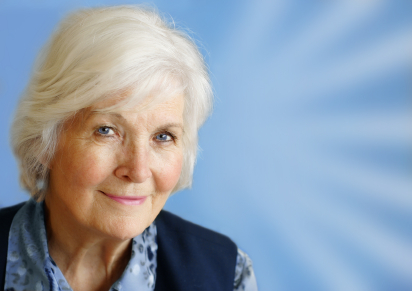Science News: Old Brains Benefit from Young Blood
Sure, aging is a fact of life, but who wouldn’t welcome a dip in the fountain of youth? New research suggests young blood may be all we need to rejuvenate the brain.
After joining the circulatory systems of two-year-old and three-month-old mice with a surgical technique known as parabiosis, scientists at the Stanford University School of Medicine observed remarkable changes in their brains. The old mice made new nerve cells, while the young mice demonstrated impaired learning skills and loss of memory.
“The number of new cells in one region of the brain’s hippocampus, related to memory formation, went from fewer than 400 to almost 1000 in the older mice. In the younger mice, it dropped by almost a quarter,” according to an article in Science reporting on the study.
So what’s so special about young blood? The researchers are still figuring that out. But in the blood of the old mice, they observed an elevated level of six immune-signaling proteins, including the chemokine CCL11. This protein seemed to inhibit the brain’s ability to create new nerve cells. CCL11, also known as eotaxin-1, is associated with allergies and asthma in humans.
Tests to determine the potential role of eotaxin-1 in Alzheimer’s disease are now underway in Dr. Wyss-Coray’s lab, as are studies to identify the rejuvenating chemicals in young blood, which the scientists hope will be beneficial in treating dementia.
Dr. Wyss-Coray told Science, “The big implication here is that we can potentially affect brain aging and degradation, even dementia, by targeting factors in the periphery rather than having to target the brain directly.”
S. A. Villeda et al., “The ageing systemic milieu negatively regulates neurogenesis and cognitive function,” Nature, 477:90-96, doi:10.1038/nature10357, 2011.



